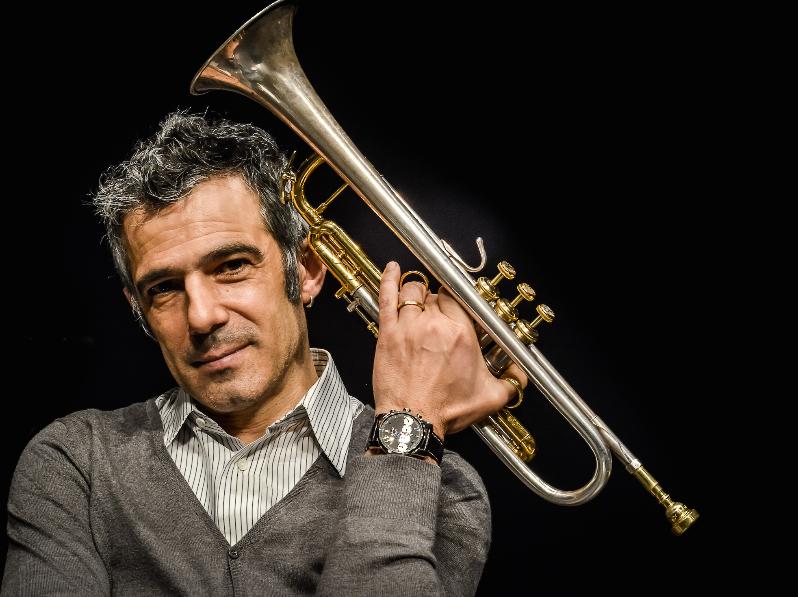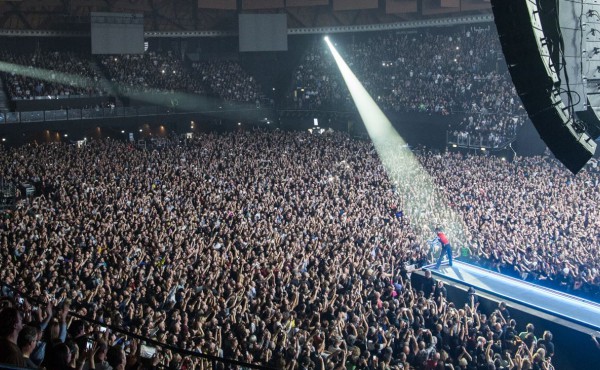We have just arrived in the city. Where shall we go?
Bologna is a city with a great musical history and with a number of places and multi-faceted artists to represent the most varied musical genres. As for Jazz, the following places deserve a visit: the historical Cantina Bentivoglio (Via Mascarella, 4/b) and its neighbour Bravo Caffè (Via Mascarella, 1), the Sala Paradiso in San Lazzaro di Savena (with the homonymous festival that entertains us during the spring) and the brand new Camera Jazz & Music Club in Vicolo Alemagna. The Friday Night Blues performance at Relais Bellaria, a few km from the Two Towers, although currently suspended, is instead a noteworthy event for blues enthusiasts. For Independent Music: Covo (Viale Zagabria, 1), Locomotiv (Via Sebastiano Serlio, 25/2) and the new born Mikasa (Via Emilio Zago, 14); finally, at the top of the list for a higher number of spectators and for theme nights: Estragon Club, within the Parco Nord, in via Stalingrado, 83.
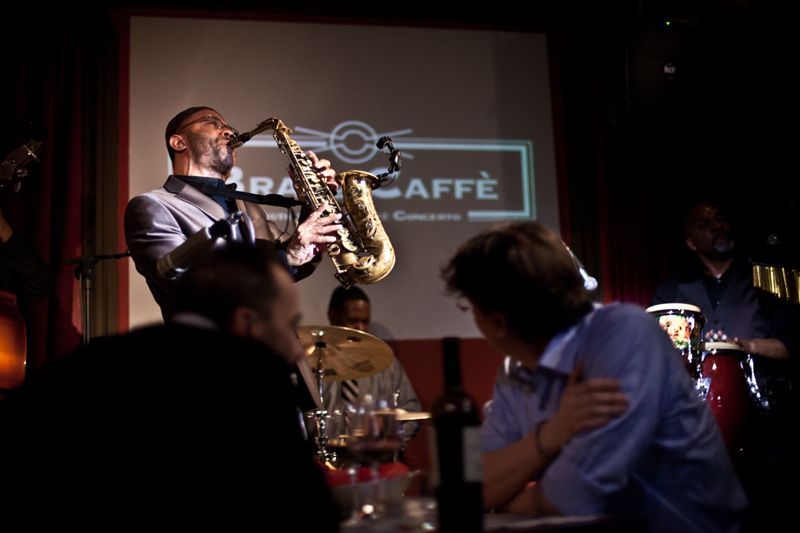
And what events do you recommend us to mark on the agenda?
Definitely the Bologna Jazz Festival, the AngelicA Festival and the activities of the Music Research Centre at the San Leonardo Theatre (Teatro San Leonardo) but also in the rest of the province and beyond, and finally the well-established Robot Festival dedicated to electronic music in all its facets.
And then?
The many activities of the Mercato Sonato (and the flagship of "its" permanent "Senzaspine" Orchestra) as well as those of the TPO (Teatro Polivalente Occupato - Occupied Polyvalent Theatre), presently in via Lenin, in addition to the traditional programmes of the various theatres (among which I like to remember the Arena del Sole) and of the concert arenas, like the Unipol Arena, in via Gino Cervi, in Casalecchio di Reno.
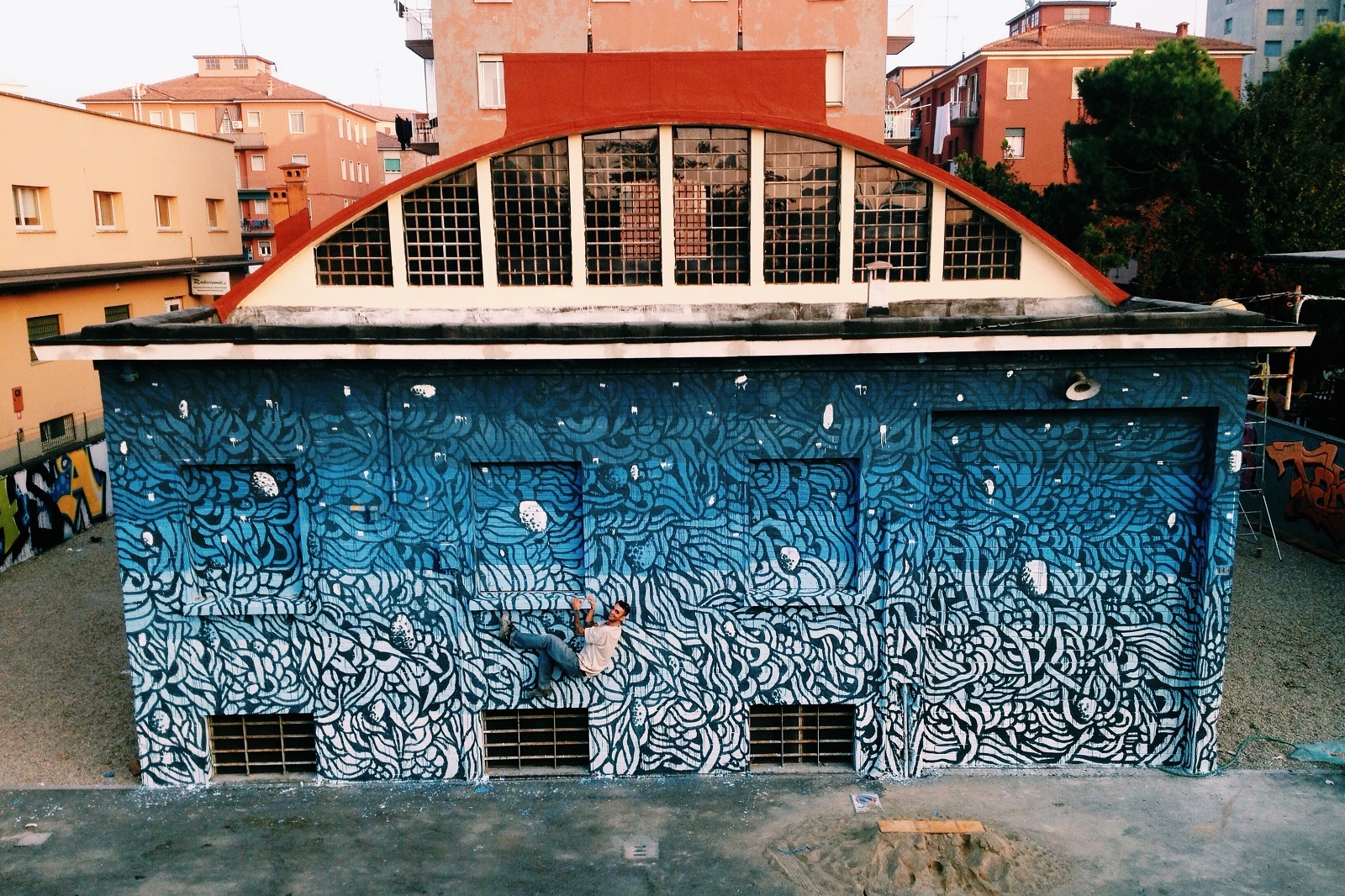
And it doesn't end here...
In 1745 a fire destroyed the Malvezzi Theatre (Teatro Malvezzi), whose reconstruction was entrusted to the famous architect Antonio Galli Bibiena, who made use of the innovative "bell plant", perfect for obtaining extraordinary acoustics. Inaugurated on 14th May 1763 with Gluck's Triumph of Clelia, the Municipal Theatre (Teatro Comunale) immediately became the cultural symbol of the city. Today it is among the 14 Italian Lyric-Symphonic Foundations recognised by the MIBACT. Every year it proposes a billboard of international appeal with opera performances, ballets, symphonic concerts and prestigious
guests.
San Colombano, an elegant ecclesiastical complex built in the 7th century is the musical heart of Genus Bononiae. Decorated with works from the disciples of the Carraccis and home to a precious 13thcentury crucifix, San Colombano displays a collection of ancient musical instruments donated by the musician Luigi Ferdinando Tagliavini. There are over 90 of them, finely decorated according to the standards of 17th and 18th-century landscape painting. The Museum also features a library specialising in the Bologna musicologist Oscar Mischiati and organises a rich calendar of concerts and thematic conferences.
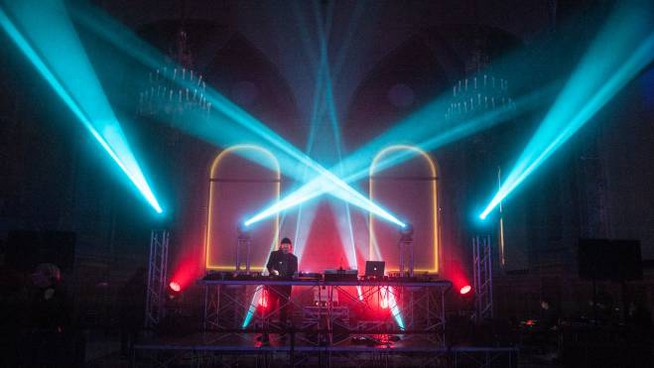
The Alice Zeppilli Theatre (Teatro Alice Zeppilli), which bears its name from the internationally renowned soprano, together with the evocative seventeenth-century historical notarial archive, is located within the fascinating halls of the Town Hall. The theatre dates back to the 1800s and still features three levels of stages with the original curtain, friezes and décor. The Museum tells the history of musical traditions and old crafts of what is known as “la piccola Bologna” (small Bologna), i.e. Pieve di Cento. Here are exhibited numerous and important instruments, objects and historical documents of the artistic life of the place, which thrived thanks to the School of Violin Making.
Casa Dalla (Via d’Azeglio 15, Bologna)
Exploring Lucio's home is a journey of the heart and the senses. It is an experience of sounds, images, colours and scents that you can discover by walking through the spaces where the artist lived and worked. The rooms reflect his exuberant and overwhelming personality. The visit will be filled with emotions and if you are lucky enough to be able to tie them to a memory, then you may even receive proper revelations. The appearance of these environments, the sensations that are created upon entering, the furnishings and objects bring you closer to his world... for the rest you can abandon yourself to the pleasure of art.
